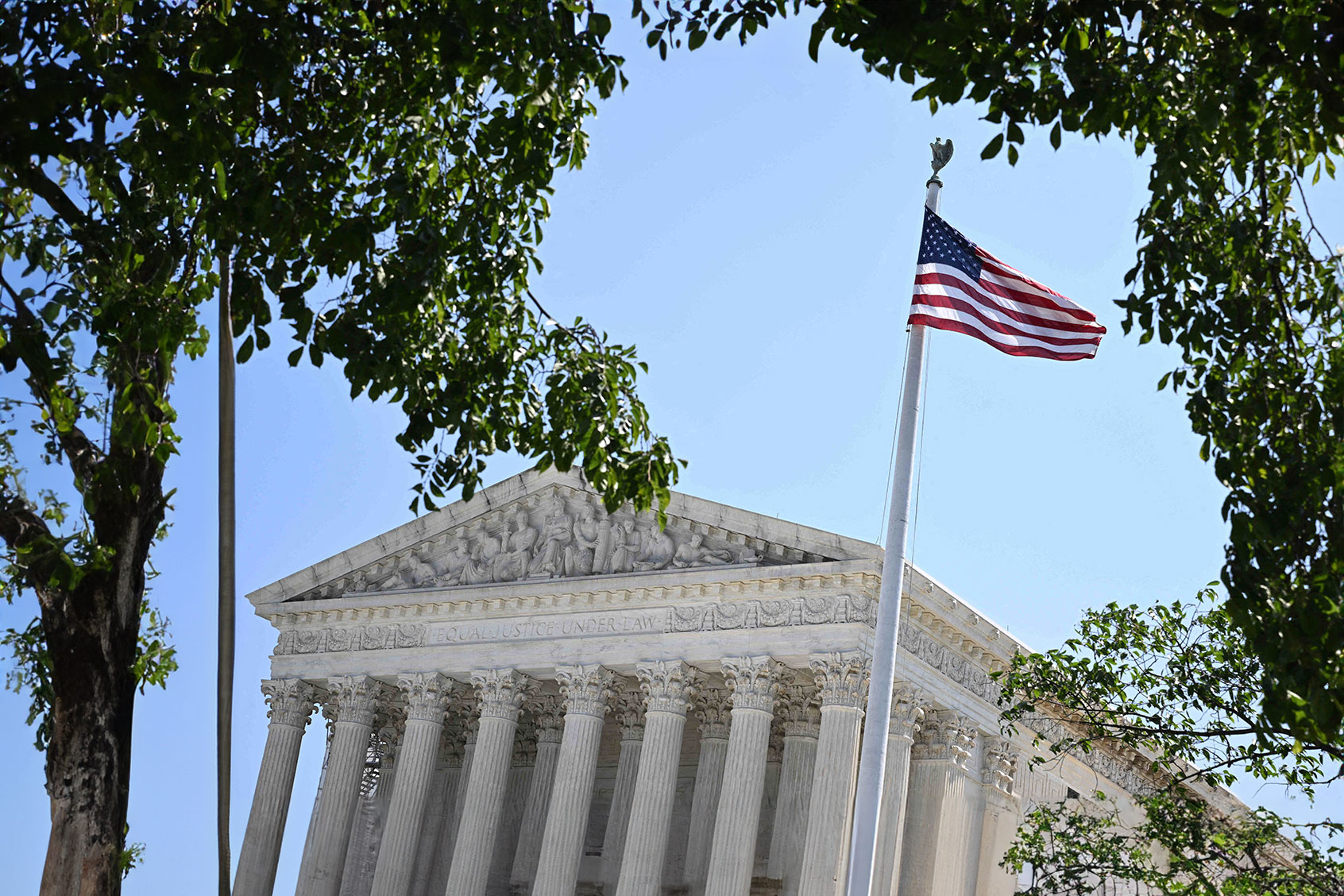The Supreme Court will hear oral arguments on October 15, 2025, in a pivotal case titled Louisiana v. Callais, which could significantly impact the Voting Rights Act and the political landscape in Congress. The case challenges the extent to which race can be considered when redrawing congressional districts, specifically questioning whether the interpretation of Section 2 of the Voting Rights Act violates the Equal Protection Clause of the U.S. Constitution. The plaintiffs contend that Louisiana’s creation of a second Black-majority district is unconstitutional.
This marks the second time the Supreme Court will hear arguments in Louisiana v. Callais, following an inconclusive review last term. As a scholar of U.S. electoral systems, I see this case as a critical juncture in the ongoing discourse surrounding race and representation in redistricting.
Understanding the Voting Rights Act and the Context of the Case
The Voting Rights Act, enacted in 1965, aimed to curtail racial discrimination in voting. Section 2 specifically prohibits states from implementing voting laws that discriminate against minority groups. The current case stems from Louisiana’s congressional redistricting process following the 2020 Census. In 2022, Louisiana lawmakers drew six congressional districts, resulting in only one majority-Black district despite the state’s Black population of 31%.
A group of Black voters subsequently challenged this map, claiming it diluted their voting power. The federal courts ruled in their favor, citing precedents from the 1986 Supreme Court decision in Thornburg v. Gingles, which established that congressional districts must be designed to enable politically cohesive racial minorities to elect representatives of their choice.
Following the court’s decision, the Louisiana legislature passed Senate Bill 8 in January 2024, redrawing the map to include two districts with substantial Black electorates. These changes were implemented during the 2024 congressional elections, where both newly created Black-majority districts elected Democratic representatives.
Legal Battle and Implications for Minority Representation
The redistricting efforts faced backlash from a group of white voters, leading to the legal challenge known as Louisiana v. Callais. The plaintiffs argued that the creation of these majority-minority districts violated the 14th Amendment’s Equal Protection Clause and the 15th Amendment, which prohibits voting discrimination based on race. They claimed that the reliance on race in the redistricting process was itself a form of discrimination.
In 2024, a three-judge district court sided with the plaintiffs, resulting in a 2-1 decision that favored the assertion that Louisiana’s map constituted unconstitutional racial gerrymandering. The decision was appealed to the Supreme Court, which initially reviewed the case at the close of the 2024-2025 term before ordering it to be re-argued in the current term.
Should the Supreme Court uphold the lower court’s ruling, it could dramatically shift the legal landscape concerning minority representation. For 39 years, Section 2 has compelled states to consider racial representation when redistricting. A ruling against this interpretation could lead to the dismantling of majority-minority districts nationwide, thereby affecting the political power of minority communities, particularly those aligned with the Democratic Party.
The repercussions could extend beyond Louisiana. If the Supreme Court decides to limit the use of race in redistricting, it may enable other states to follow suit, potentially allowing the Republican Party to gain an estimated 19 House seats across the nation. This outcome raises concerns about the future balance of power within the House of Representatives.
Recent Supreme Court rulings present a complex backdrop for this case. In 2023, the court upheld a lower court’s interpretation of Section 2 in a similar case from Alabama, while it overruled a finding of racial vote dilution in another case from South Carolina in 2024. These conflicting signals complicate predictions about the court’s stance on Louisiana v. Callais.
As the date approaches, all eyes will be on the Supreme Court to see how it navigates this deeply consequential issue, which intertwines questions of race, representation, and the future of voting rights in the United States.
